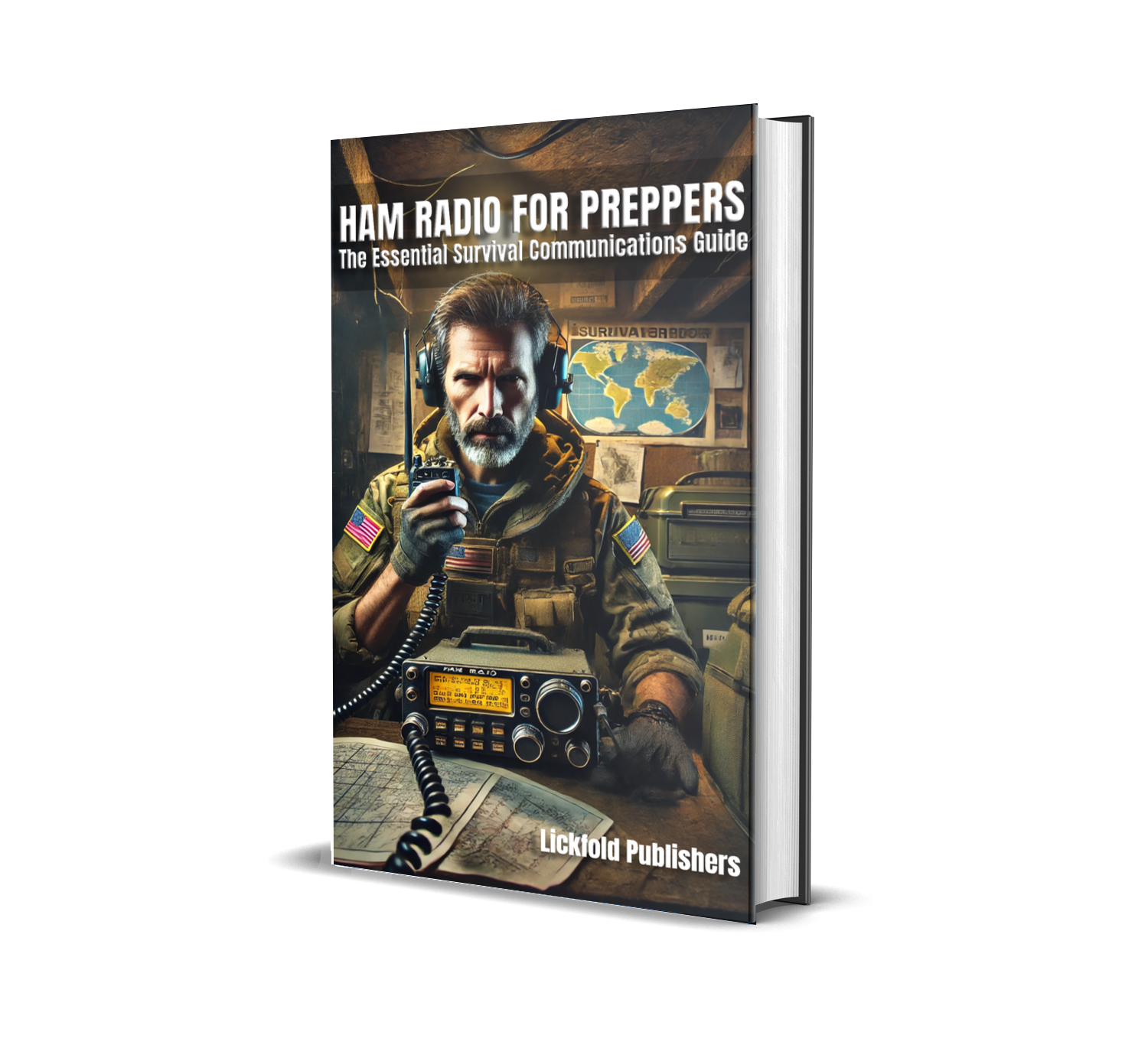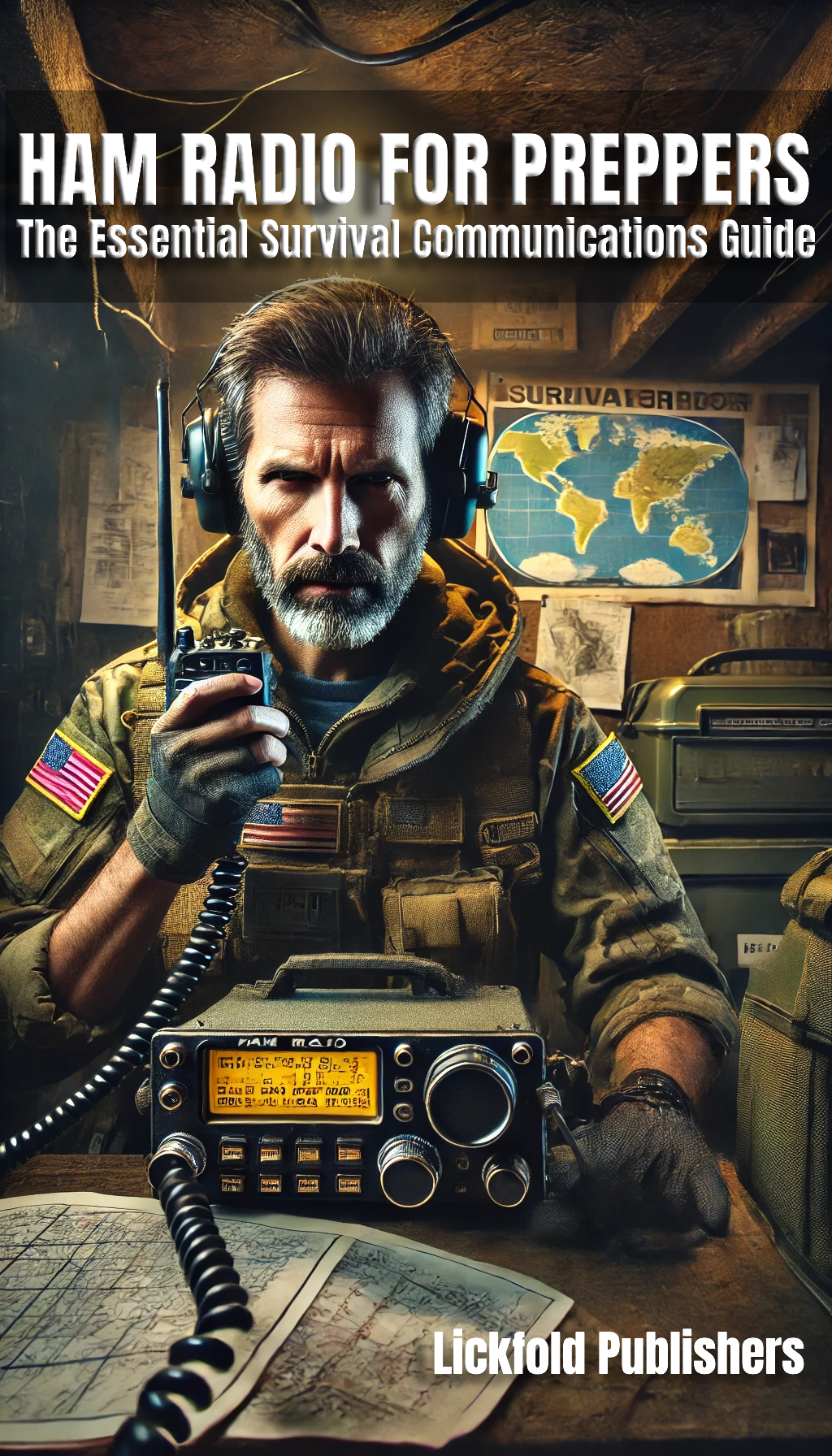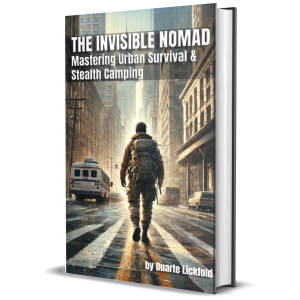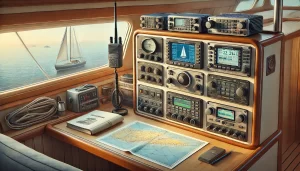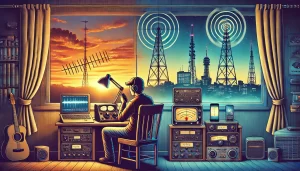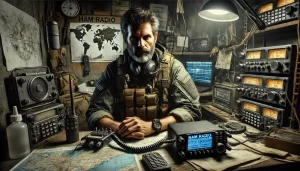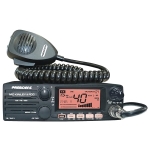Description
In a world increasingly dependent on fragile digital infrastructure, few people stop to consider what would happen if the communication networks they rely on—cell towers, internet providers, emergency hotlines—suddenly vanished. In times of disaster, when the world goes dark, the ability to communicate can mean the difference between order and chaos, between knowledge and ignorance, between survival and death.
Ham Radio for Preppers: The Essential Survival Communications Guide is a comprehensive manual designed to teach preppers, survivalists, and independent thinkers how to maintain reliable communication in any crisis. More than just a technical handbook, this book explores the psychology, strategy, and long-term importance of staying connected when the grid fails.
The Core Premise: Communication is Survival
Every major disaster follows a predictable pattern:
- The Initial Collapse – Power grids fail, cell towers go down, and traditional news sources become unreliable or disappear entirely.
- The Panic Phase – Rumors spread, misinformation takes over, and desperate people make fatal decisions based on bad intelligence.
- The Shift to Survival Mode – Communities either organize and rebuild or descend into chaos.
- The Emergence of New Systems – Those who maintain control of information and communication become the leaders of the post-collapse world.
This book teaches readers how to stay ahead of each phase, ensuring that when others are left in confusion and fear, they will have real-time intelligence, secure communication networks, and the ability to adapt and rebuild.
Key Topics Covered in the Book
-
Building a Survival Radio Network
- How to choose the right ham radio equipment for short-range and long-distance communication.
- The difference between VHF, UHF, and HF bands, and when to use each.
- Setting up repeaters, relays, and mobile units for maximum coverage.
-
Operating Under Extreme Conditions
- Communicating when the government shuts down radio networks.
- Evading radio direction-finding (RDF) surveillance in a hostile environment.
- Using low-power transmissions, encrypted codes, and frequency hopping for stealth operations.
-
Gathering Intelligence and Filtering Misinformation
- How to scan emergency frequencies and military bands to gather real-time intelligence.
- Recognizing disinformation and panic-driven rumors that can lead to bad decisions.
- Using shortwave radio to monitor global events when local news is unreliable.
-
Staying Connected in a Long-Term Grid Collapse
- The psychological dangers of isolation and how communication prevents paranoia.
- Organizing survival groups through structured radio networks.
- Establishing trade routes, security perimeters, and shared resources using radio coordination.
-
Real-World Case Studies of Communication Saving Lives
- How ham radio operators coordinated evacuations in Hurricane Katrina.
- The role of independent radio networks during the collapse of Yugoslavia.
- How resistance fighters in World War II used covert radio systems to outmaneuver military forces.
-
Future-Proofing Against New Threats
- How cyberattacks, EMPs, and government restrictions are making traditional communication systems more vulnerable.
- The rise of LoRa mesh networks, digital HF modes, and satellite alternatives for decentralized communication.
- Why those who master independent communication systems will be the ones shaping the future.
The Final Message: The Ones Who Can Communicate Will Shape the Future
When the world falls apart, most people will fall silent. They will wait for someone else to tell them what to do. They will listen to rumors, act on fear, and hope for rescue that may never come.
But those who understand the power of communication will not wait. They will already have networks in place, trusted contacts across vast distances, and the ability to coordinate survival efforts with precision.
They will be the ones who don’t just survive—but thrive.
They will be the ones who, long after the chaos has settled, decide what comes next.
Because in the end, the future does not belong to those who are the strongest, the wealthiest, or the most well-armed.
It belongs to those who can still talk, still listen, and still organize when no one else can.

